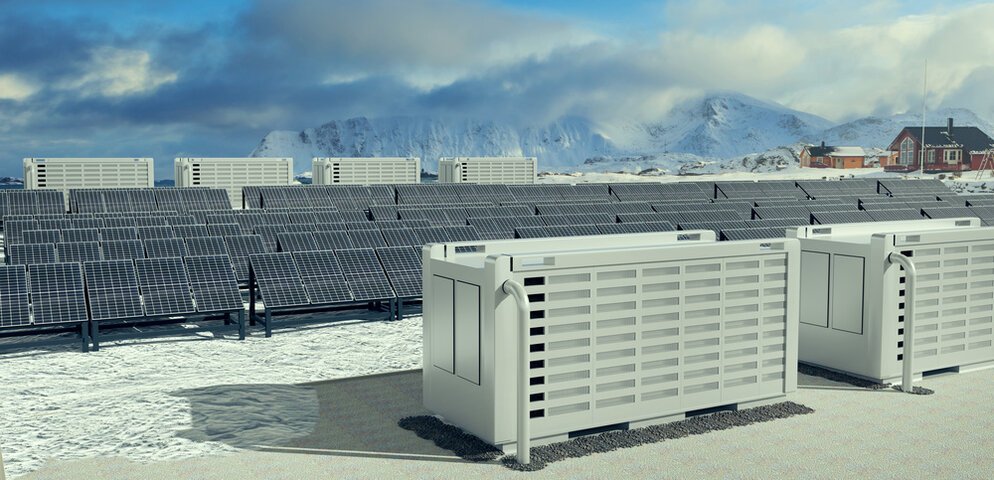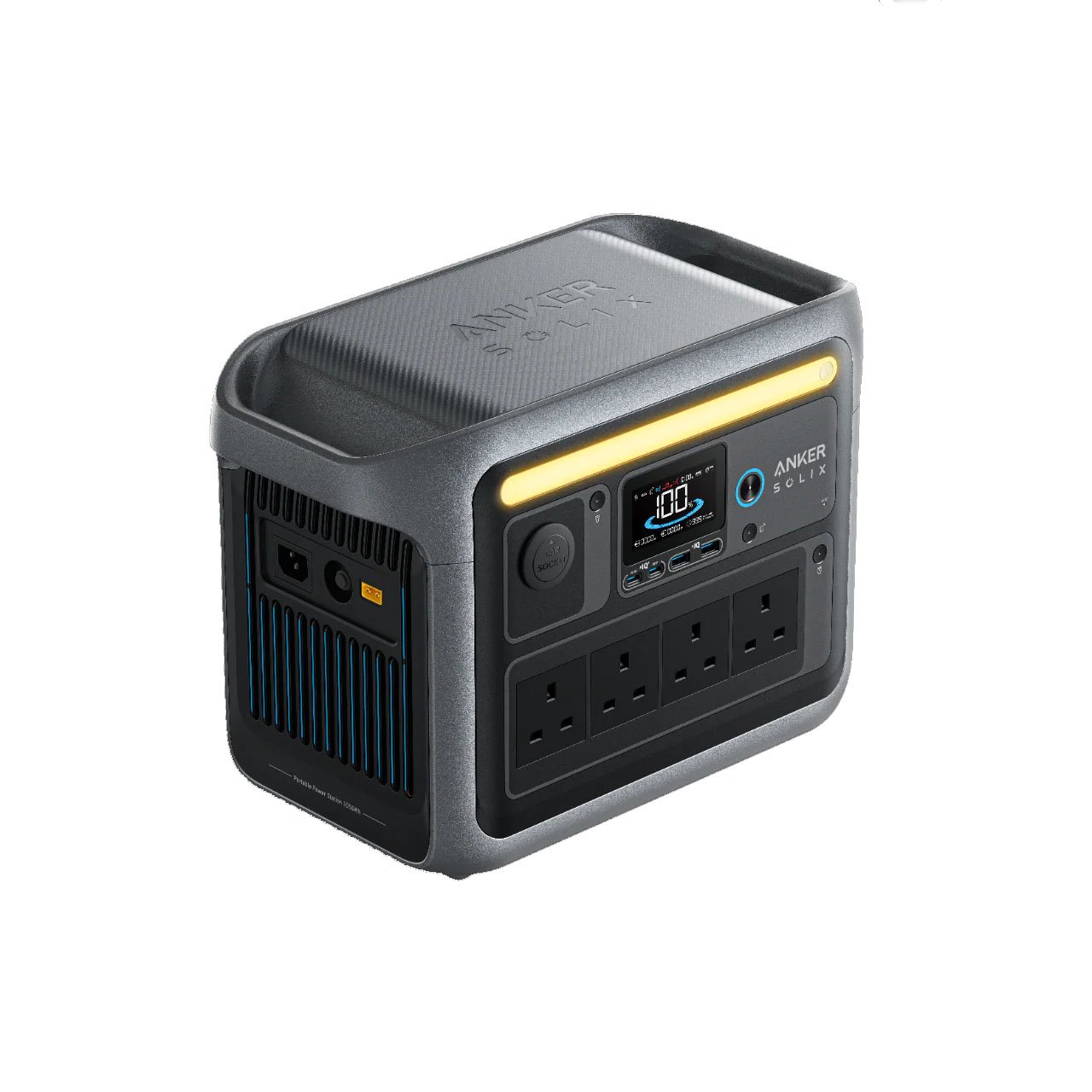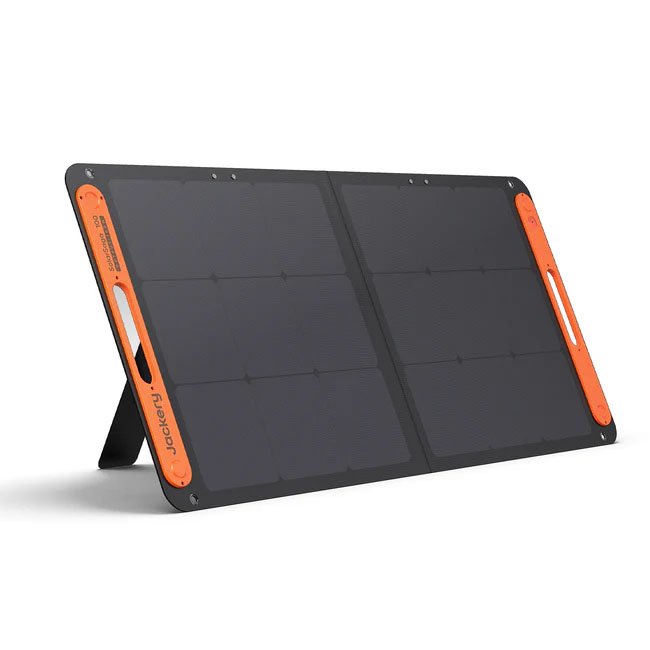Concentrated Solar Power focuses on directly converting sunlight into electricity. Unlike photovoltaic (PV) systems, they offer unique advantages in certain applications. In this article, we explain in detail everything about concentrated solar power.

What is concentrated solar power (CSP)?
Concentrated Solar Power, or CSP, is a technology that converts sunlight into electricity by using mirrors or lenses to concentrate a large area of sunlight onto a small focal point. So, this concentrated sunlight is then used to generate heat, typically to produce steam, which drives turbines connected to generators, ultimately producing electricity.
What are the different types of CSP systems and how do they work?
Concentrated Solar Power (CSP) systems come in various types, each utilizing different technologies to concentrate sunlight and generate electricity. Here are the main types of CSP systems and how they work:
Parabolic Trough Systems:
How it works: Parabolic trough systems use parabolic-shaped mirrors to concentrate sunlight onto a receiver tube running along the trough’s focal line.
Working Mechanism:
- First, mirrors track the sun’s movement, ensuring sunlight is focused on the receiver.
- The receiver contains a heat transfer fluid (e.g., synthetic oil) that is heated by the concentrated sunlight.
- Next, the hot fluid is used to generate steam by transferring its heat to water.
- Steam drives a turbine connected to a generator, producing electricity.
- Finally, troughs are often arranged in long rows to form a solar field.
Solar Power Tower Systems:
How it works: Solar power tower systems use an array of mirrors, called heliostats, to focus sunlight onto a central receiver tower.
Working Mechanism:
- To begin with, heliostats track the sun and direct sunlight to the receiver at the top of the tower.
- The receiver contains a heat transfer fluid or molten salt.
- Concentrated sunlight heats the fluid, which is then used to generate steam.
- Steam drives a turbine connected to a generator to produce electricity.
- Lastly, multiple heliostats work together to concentrate sunlight on the central tower.
Dish Stirling Systems:
How it works: Dish Stirling systems use a parabolic dish to focus sunlight onto a receiver at the dish’s focal point.
Working Mechanism:
- To start with, the receiver typically contains a Stirling engine.
- After this, concentrated sunlight heats the Stirling engine, causing it to operate based on the temperature difference between the hot and cold ends.
- Then, the Stirling engine converts heat into mechanical power.
- Mechanical power is used to drive a generator, producing electricity.
- Finally, each dish operates independently, and multiple dishes can be arranged in an array.
Fresnel Reflectors:
How it works: Fresnel reflectors use flat mirrors arranged in a series of short, narrow strips to concentrate sunlight onto a receiver.
Working Mechanism:
- First, mirrors focus sunlight on the receiver, collecting and absorbing the concentrated solar energy.
- Next, the receiver typically contains a heat transfer fluid.
- The heated fluid is used to produce steam.
- Steam drives a turbine connected to a generator, generating electricity.
- Finally, reflectors are usually stationary, and the receiver moves to track the sun’s path.
Conclusion
These CSP systems can incorporate thermal energy storage, allowing excess heat to be stored for later use. This feature enhances the reliability of electricity generation, as it enables the CSP plant to produce power even when the sun is not shining. Each CSP technology has advantages and may be suited to different environmental and economic conditions.

Pros and Cons of Concentrated Solar Power
Advantages of Concentrated Solar Power
Pros
Disadvantages of concentrated solar power
Cons
Conclusion
Concentrated Solar Power stands as a beacon of hope in the pursuit of sustainable energy. By harnessing the sun’s power in innovative ways, CSP offers a clean and efficient alternative to traditional energy sources. As technology continues to advance, the future of CSP looks increasingly promising, paving the way for a brighter and more sustainable tomorrow.




Leave a Reply